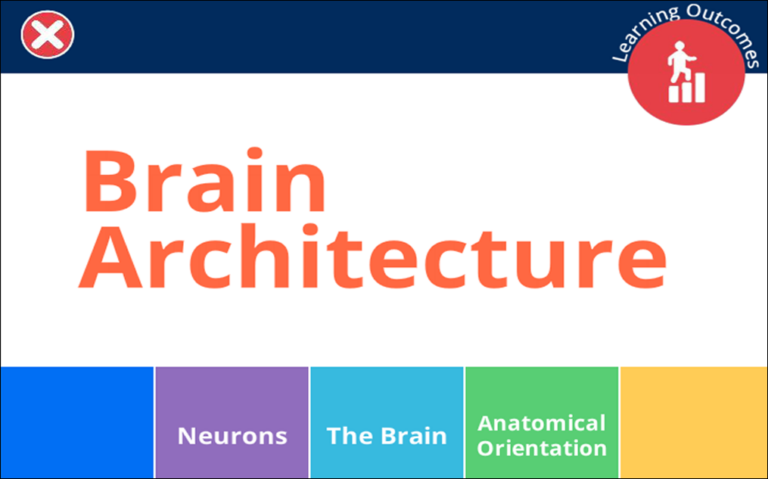Emotion
Module Overview
This module asks why we have emotions and presents the evidence for a wired in system of basic emotions that has a large impact on our thinking and behavior. This module begins by discussing the purpose of emotions as a way to guide behavior and learning. The work of Paul Ekman in identifying six basic emotions is reviewed, along with the evidence that supports the idea that we have these basic emotions. The role of facial expressions in conveying emotion is described, and the location of emotions within the brain is discussed.
Introduction
Emotion is often contrasted with rationality and associated with a more primitive style of behavior. While it is true that the basic emotion system is ancient, and shared with many animal species, emotion is also a tremendously important guide to behavior. Basic emotions are not learned, and they appear to be wired in. There is a close mapping between facial expressions and emotions and without active suppression emotions are quickly displayed on the face through an extensive set of facial muscles.
There is considerable research support for the basic emotions that have been identified. One of the most compelling arguments in support of the primacy of basic emotions is the fact that they are shared by our closest relatives, the chimpanzees. The facial expressions that accompany basic emotions in chimpanzees are very similar to our facial expressions in situation contexts, and the emotions seem to serve a similar purpose.
The two-dimensional circumplex model has proven to be a convenient way to summarize emotions and the two dimensions of valence are arousal within that model seem to have neurophysiological equivalents (the approach and avoidance systems in the case of valence, and the sympathetic and parasympathetic components of the autonomic nervous system in the case of arousal.
This module consists of a video that provides an introduction to basic emotions. The module also contains a supplementary video that furher discusses emotions in faces.
Prerequisites
Before starting this module, it will be helpful to be familiar with:
- The autonomic nervous system,
- The evolutionary status of humans as close cousins of chimpanzees,
- The distinction between instinctive and learned behavior.
Learning Outcomes
With careful study, by the end of this module, one should be able to:
- Critique the model of six basic emotions that was identified by Paul Ekman.
- List the six basic emotions.
- Identify brain areas that are involved in emotions?
- Justify the term “basic emotions”?
- Contrast the affect and arousal dimensions of the Circumplex model of emotion.
- Map emotional states onto the Circumplex model of emotion.
Related Project Resources
| Type | Title | Author | Description |
|---|---|---|---|
| Image | Pride in Blind and Sighted Athletes (PNG, 1.77 MB) | Dr. Peter Coppin | CC BY |
| Image | Six Basic Emotions (PNG, 856.69 KB) | Dr. Peter Coppin | CC BY |
| File | Emotion (Storyline File) (ZIP, 292.06 KB) | Dr. Mark Chignell | This Storyline File can be downloaded and modified to your specific learning objectives (within the bounds of the creative commons licensing selected for this file. This is encouraged, but any technical issues are not supported by the University of Toronto. |
| File | Emotion (SCORM Package) (ZIP, 1.05 MB) | Dr. Mark Chignell | This SCORM package can be uploaded into your institution's Learning Management System. |
| File | Emotion - Instructor Presentation (PDF, 180.75 KB) | This file could be used by an instructor in the classroom to present this material. | |
| File | Emotion (Notes Pages) (PDF, 99.18 KB) | This file could be shared with students for taking notes while participating in the module. |


